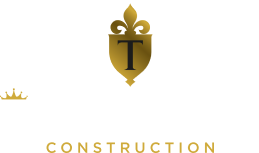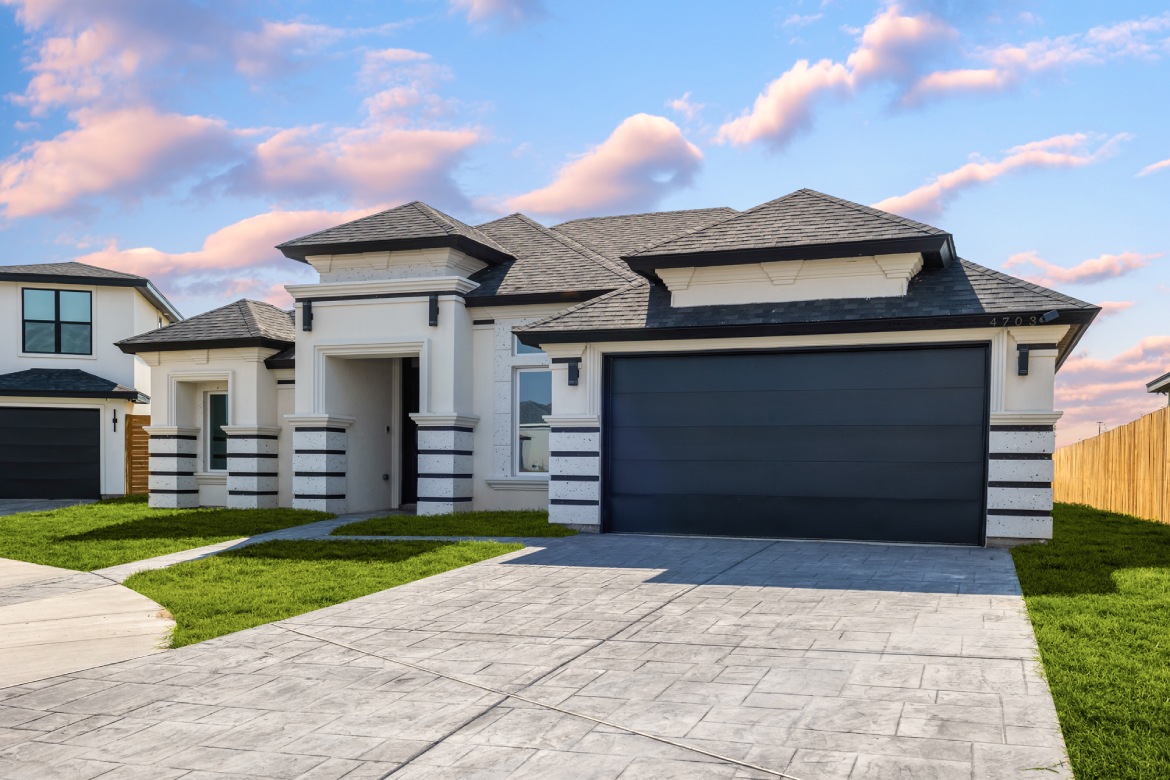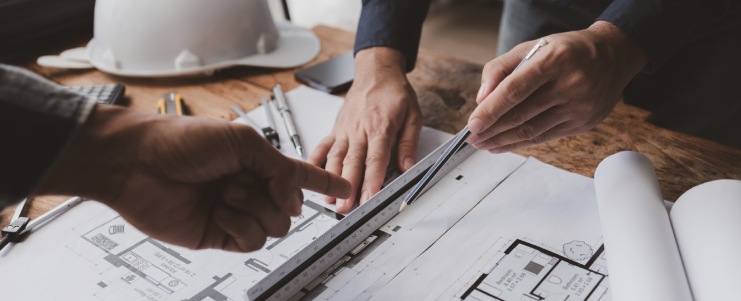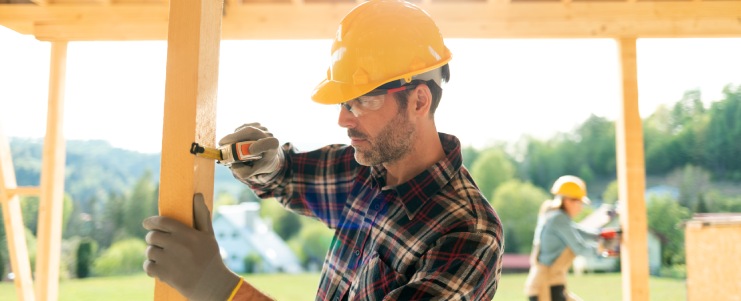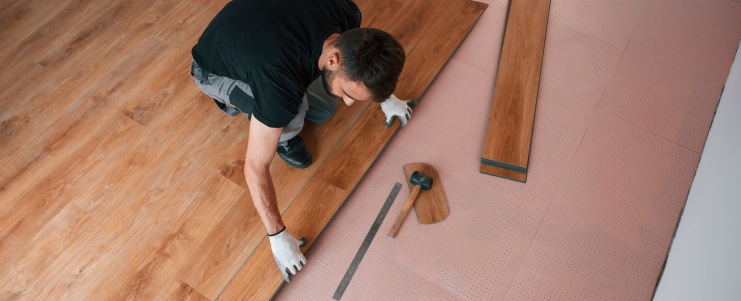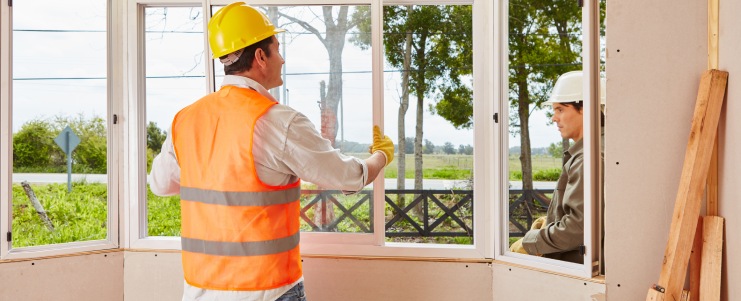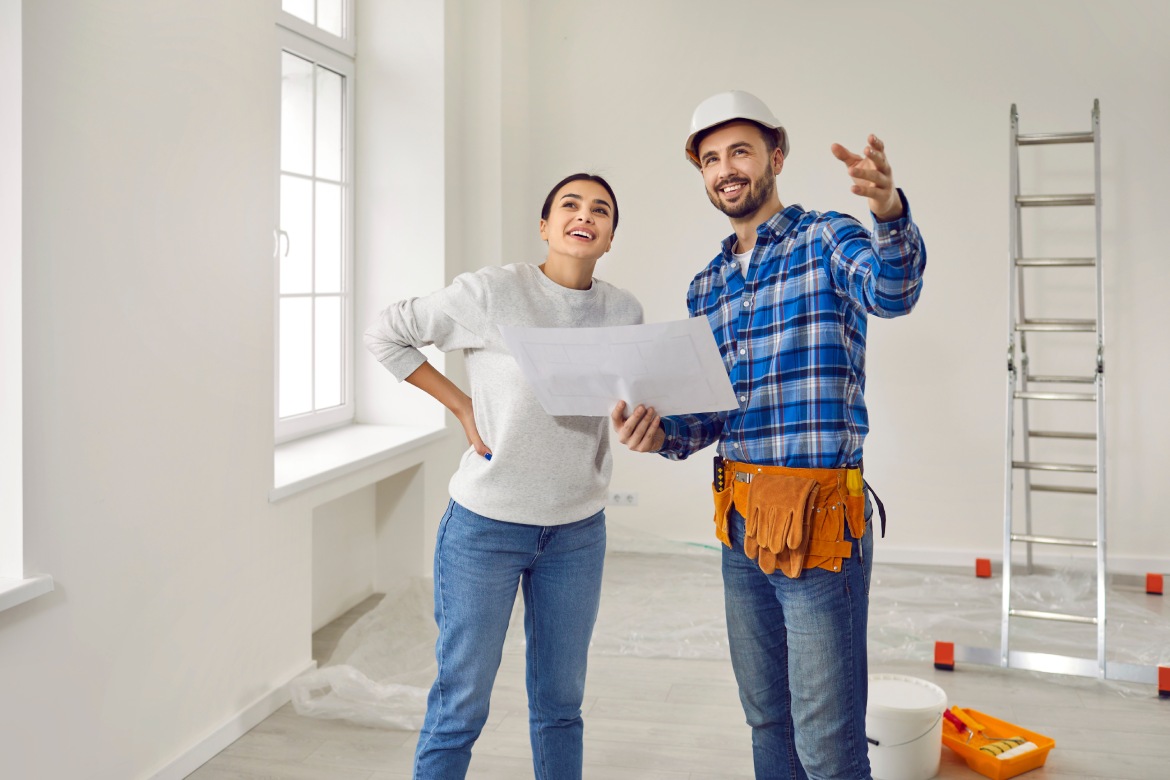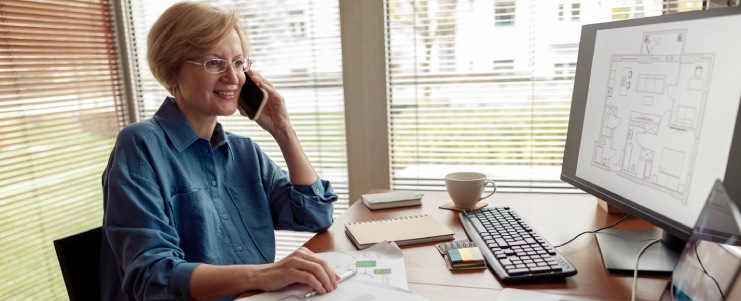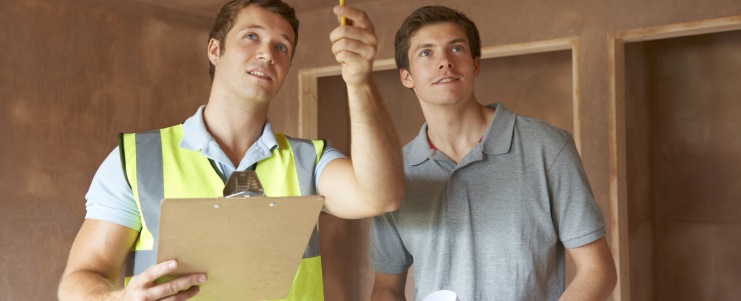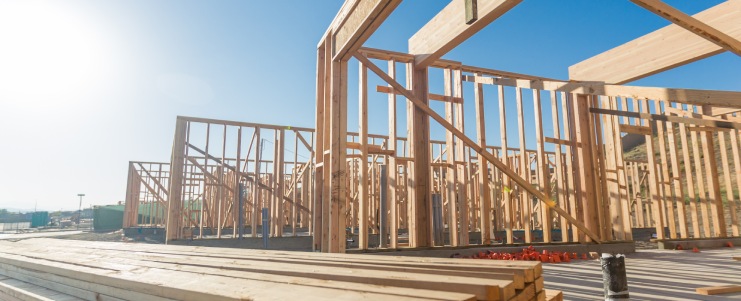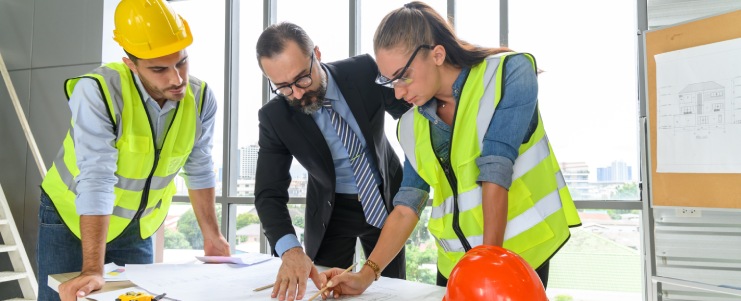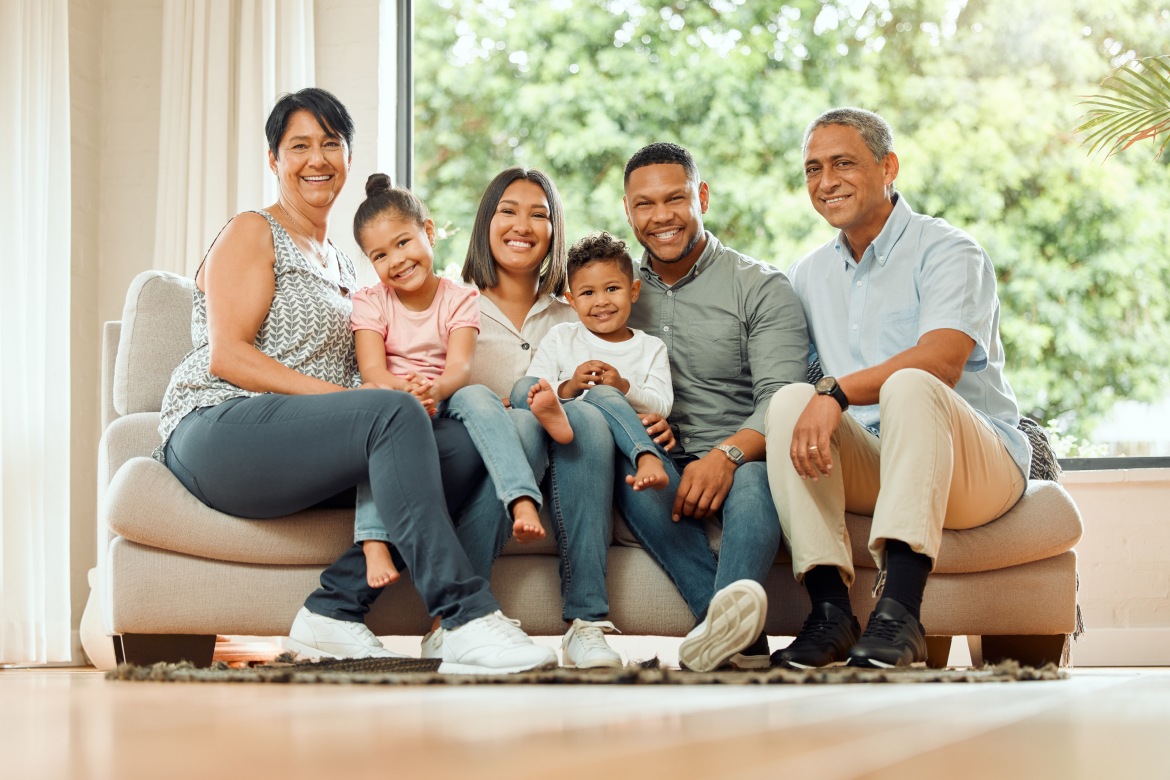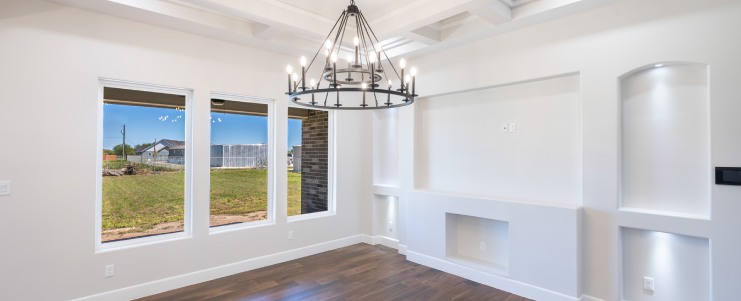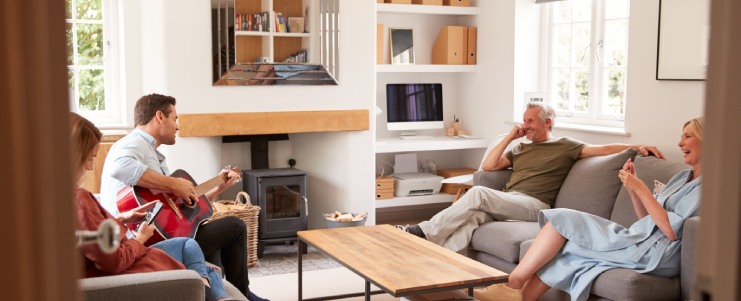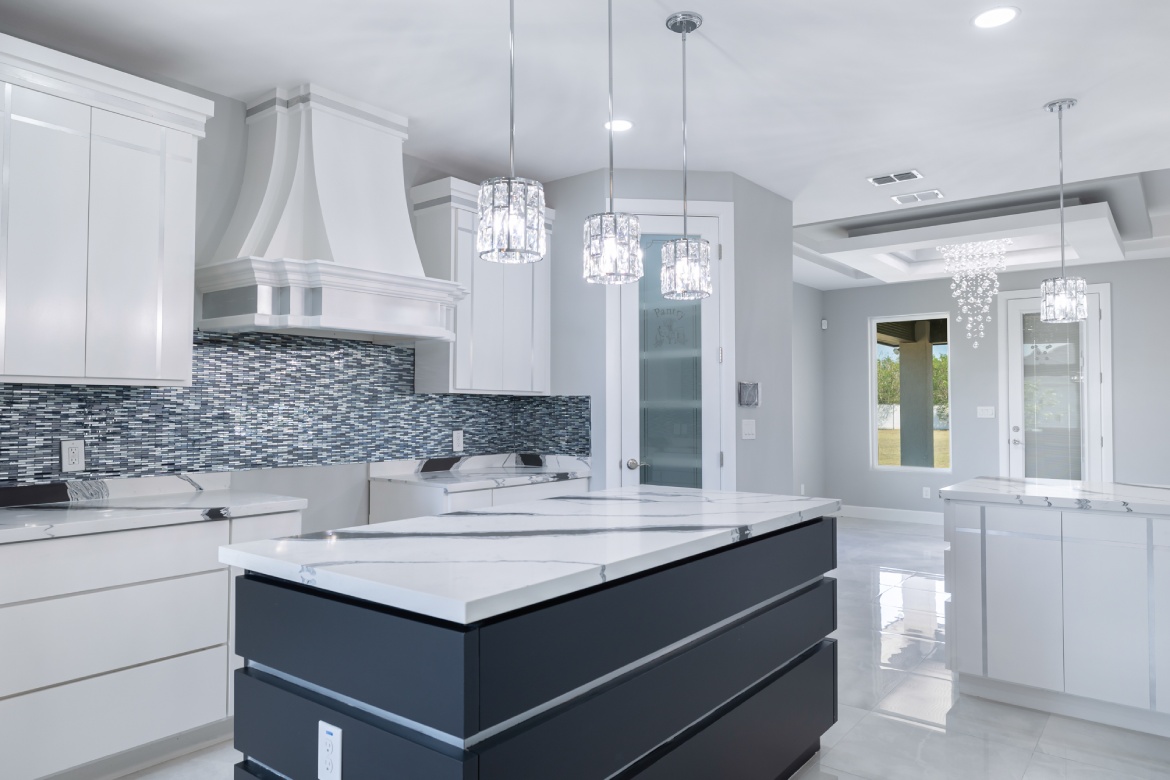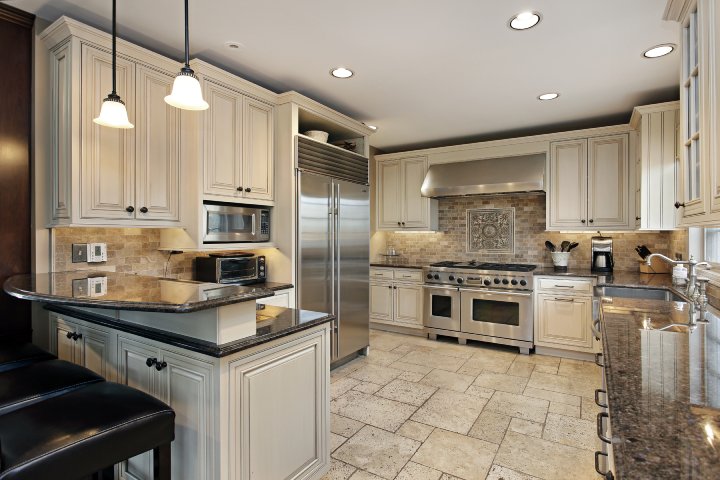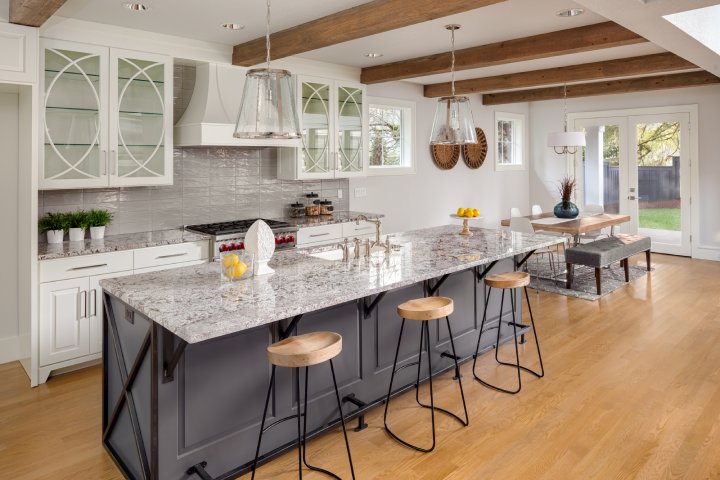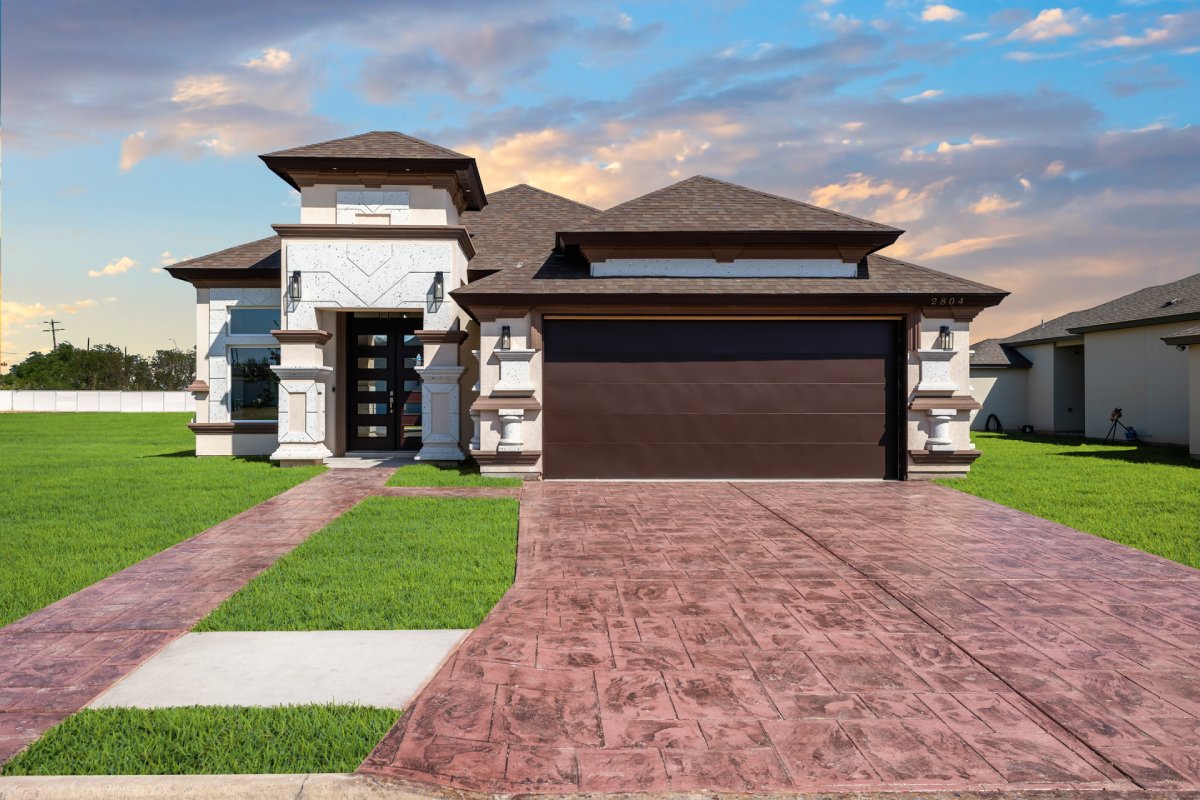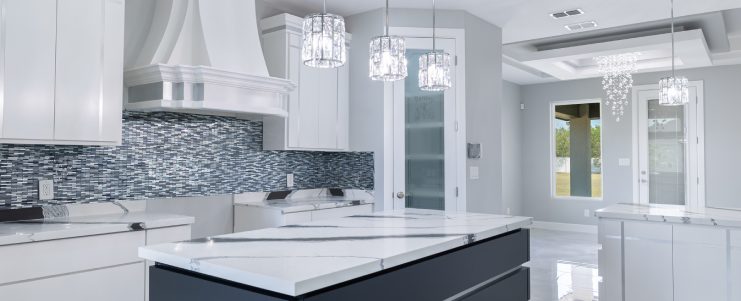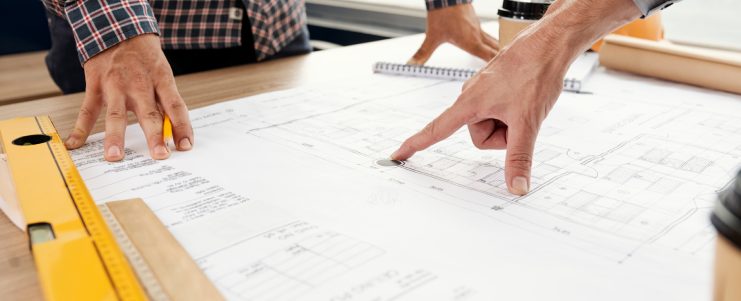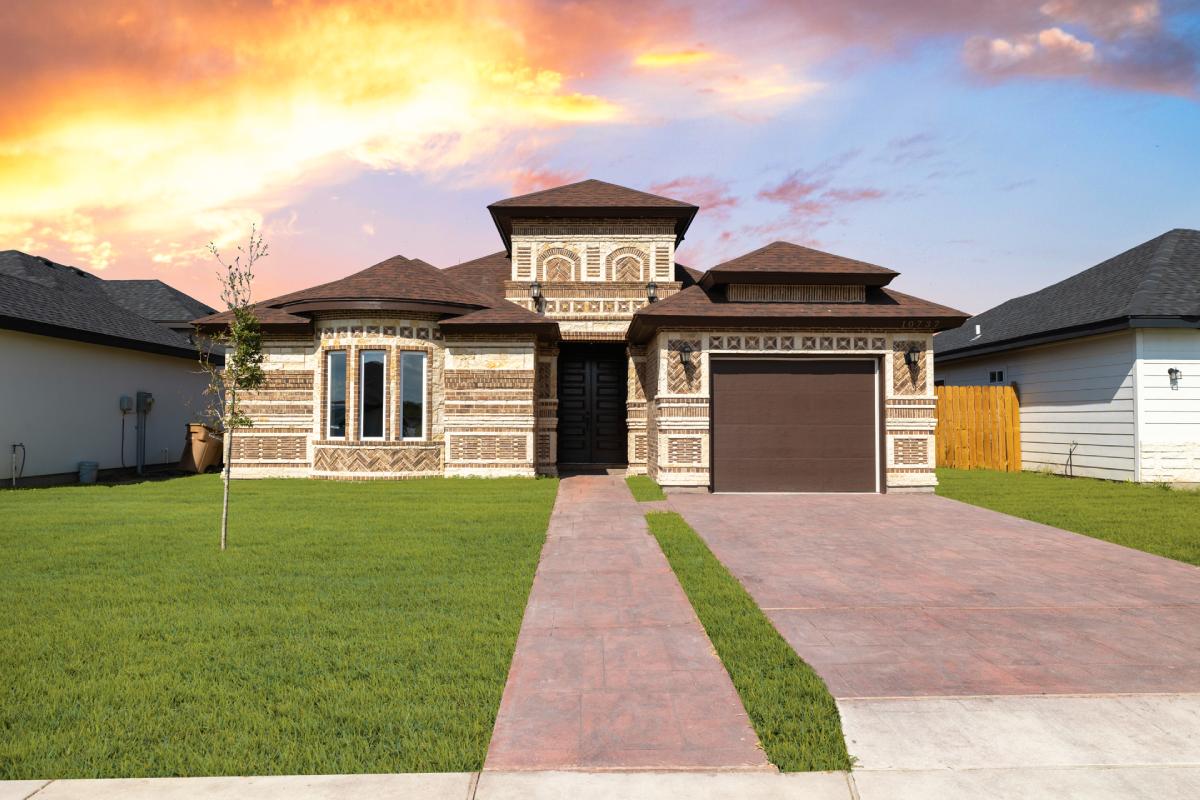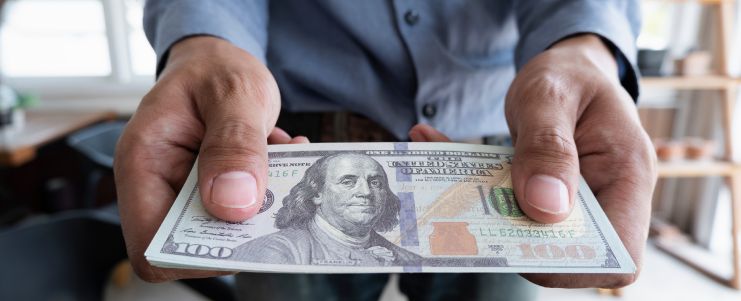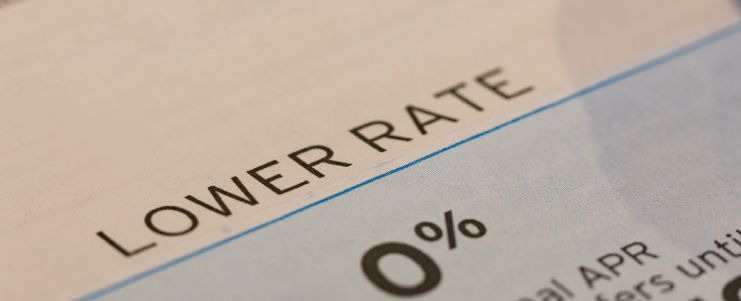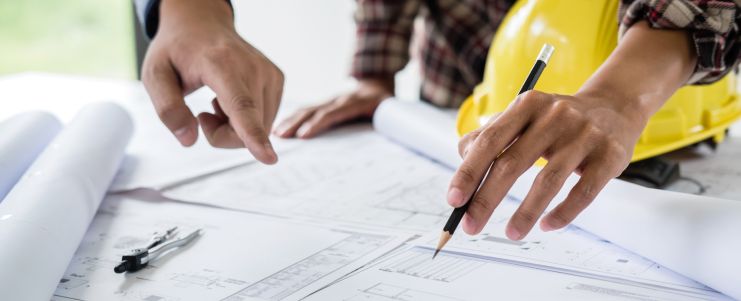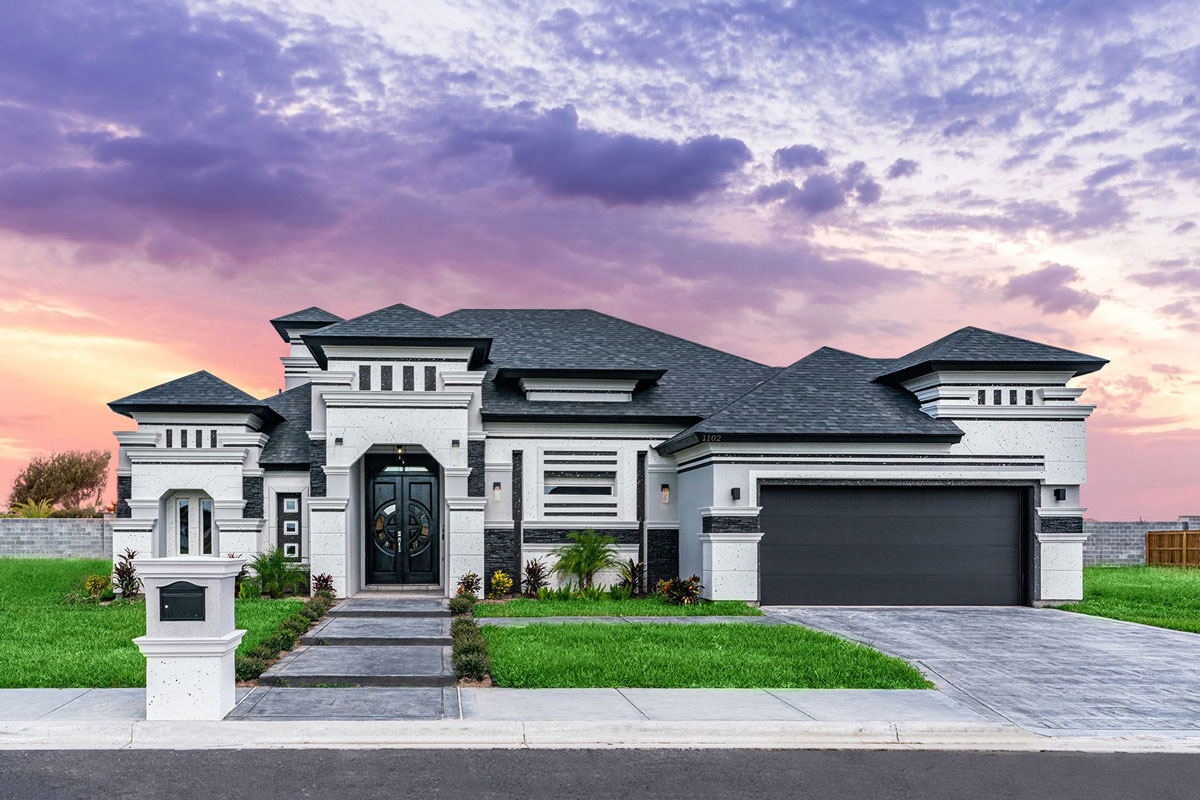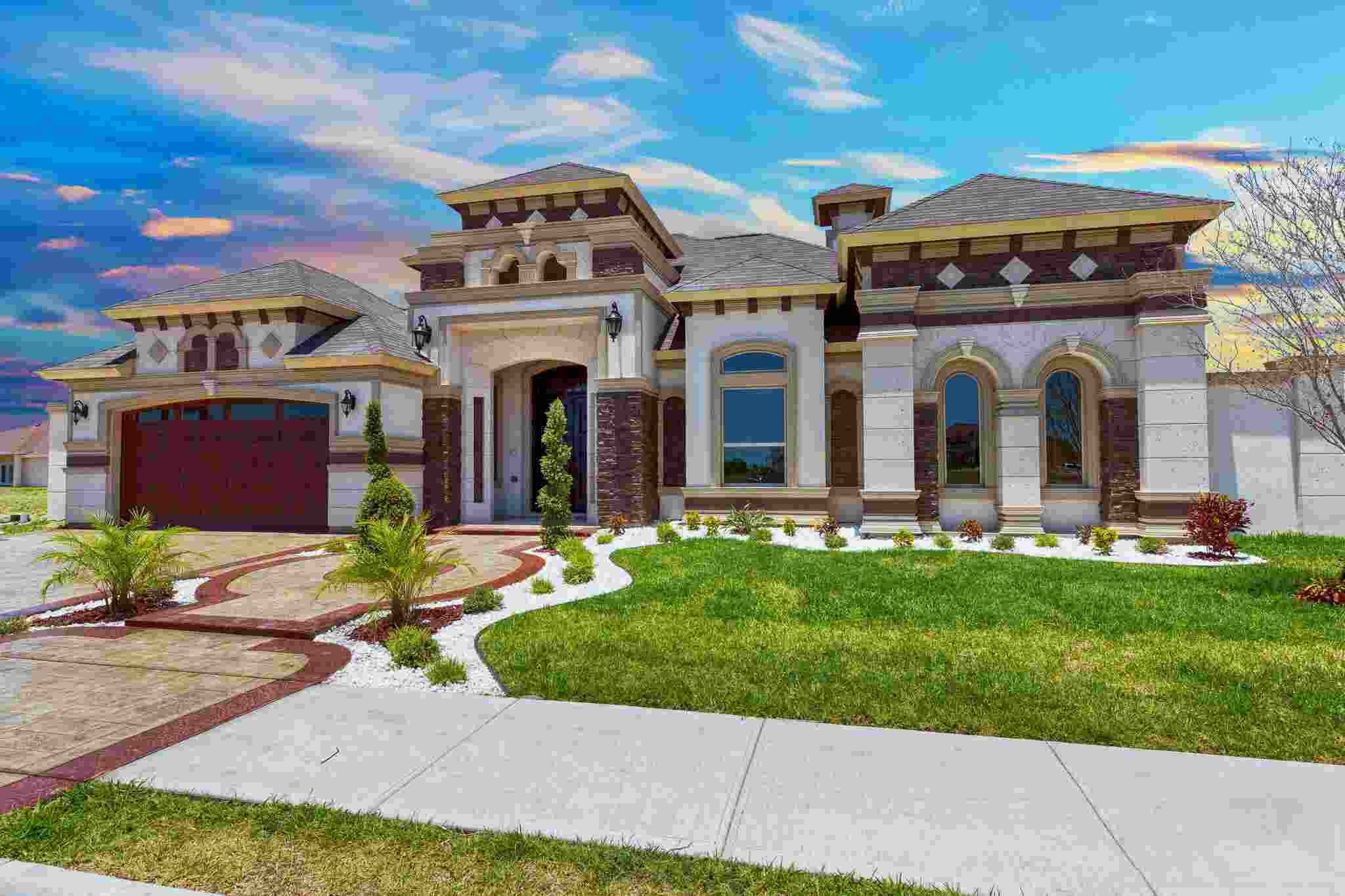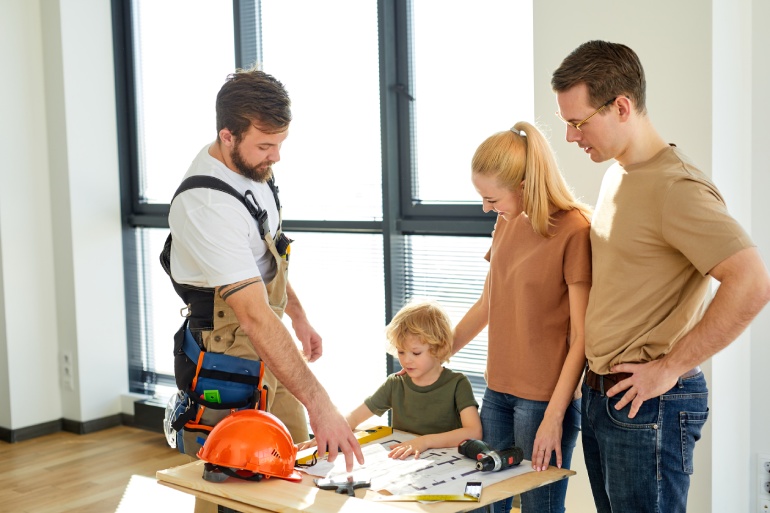
When it comes to finding your perfect home, deciding whether to build or buy is one of the difficult choices you’ll face. This decision can impact your finances, lifestyle, and long-term satisfaction. Should you buy an existing property or go for a McAllen custom home building? Each option comes with its own set of benefits and challenges, and what works best depends on your unique needs and situation.
This article will help you understand the intricacies of the McAllen real estate market and make an informed decision that fits your timeline, budget, and dreams.
Convenience and Speed: Buying an Existing Home
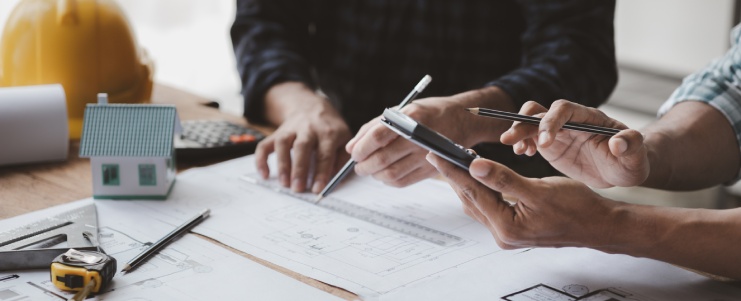
For many, buying a home is the faster, more straightforward route. If you’re in a hurry to move, the process of purchasing an existing property can be relatively swift, often taking just a few months from start to finish.
Once you’re pre-approved for a mortgage and find a property, you could close the deal in 30-60 days. For those with a tight timeline—perhaps due to a new job or needing to settle in before the school year starts—buying can provide peace of mind.
Additionally, McAllen has a range of established neighborhoods with homes that are move-in ready. These areas often come with perks like mature landscaping, established communities, and close proximity to essential amenities like schools and shopping centers. There’s no need to worry about permits, construction delays, or managing contractors, making it an ideal option if convenience is your priority.
Customization and Control: The Appeal of Building
On the other hand, McAllen custom home building offers an unmatched level of customization. You’re in the driver’s seat when it comes to everything from floor plans to finishes. Want an open-concept kitchen or energy-efficient upgrades? You can design the house of your dreams without having to compromise on the layout or features you value most.
Also, new homes in McAllen are built to modern standards, incorporating energy-efficient technologies that can save you money in the long run. You won’t have to worry about outdated plumbing or electrical systems, and with everything brand new, repair costs will be minimal in the first few years. Plus, the ability to integrate smart home features and state-of-the-art security systems can ensure that your new home is both future-proof and eco-friendly.
However, building does come with its own set of challenges, including finding the right plot of land, navigating permits, and managing the timeline and budget. On average, it takes several months to a year to complete a custom home, which means building may not be the best choice if you need to move quickly.
Financial Considerations: Weighing the Costs

Buying a home often starts with a downpayment, usually around 20% of the purchase price. This can vary based on your loan and finances. In addition to this upfront cost, buyers need to budget for closing fees—about 1.5% of the home price in Texas. These cover loan origination, appraisals, title insurance, and surveys.
Homeownership comes with ongoing costs like homeowners insurance, property taxes, and possibly HOA fees for managed communities. Plus, there are hidden expenses—maintenance, repairs, and potential upgrades like new windows or HVAC systems. Experts recommend setting aside about 1% of your home’s value annually for upkeep.
Don’t forget moving and furnishing costs. These can quickly add up, so it’s important to factor them into your budget.
On the other hand, the cost to build a custom home in RGV starts with purchasing land, and costs depend on location and any necessary site preparation like clearing or leveling. Site work includes permits, inspections, and architectural fees to ensure your project complies with local regulations.
The bulk of your budget will go to construction—foundation, framing, and exterior finishes like roofing, windows, and siding. These are essential for both structure and aesthetics.
Other expenses include landscaping, interior finishes like flooring, and setting up utilities such as water and electricity. Planning for these ensures a smooth transition from construction to move-in.
Mortgage Options: Build or Buy
When deciding whether to build or buy, understanding mortgage options is important. Traditional mortgages, the most common choice for homebuyers, usually require a downpayment ranging from 0% for some first-time buyers to 20%. You’ll often choose between fixed-rate mortgages for stable payments or adjustable-rate ones for more flexibility.
If you’re building, construction loans are tailored for you. These short-term loans (typically one year) cover land purchase and construction costs but come with higher interest rates and a more rigorous approval process due to the risks involved.
No matter the path, financial planning is key. Budget for downpayments, closing fees, and other upfront costs. Using mortgage calculators and securing pre-approval from lenders can help you better understand what you can afford.
Evaluating Long-term Value and Investment Potential
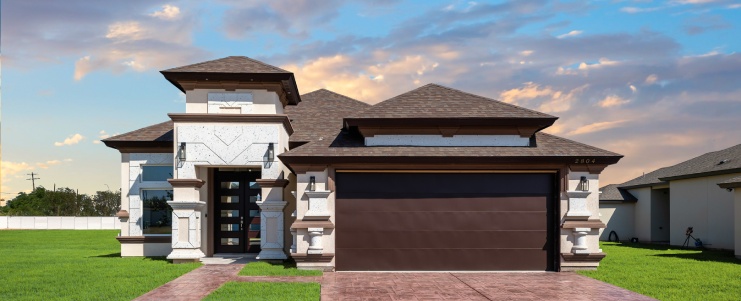
Both building and buying a home offer distinct long-term advantages. Newly built homes often feature modern amenities and energy-efficient designs, making them more appealing in the market and potentially boosting resale value.
In growing areas like McAllen, Texas, new homes can be especially attractive due to the region’s affordability and increasing demand.
However, market conditions play a key role in investment potential. In hot markets, existing homes in prime locations may appreciate faster, offering higher returns. In contrast, during downturns, newly built homes with modern features may hold their value better. It’s important to consider local market trends and how they affect property values.
Personal satisfaction is also vital. Building a custom home allows you to create a space that perfectly suits your lifestyle, which can offer long-term happiness and unique value. While buying an existing home may involve some renovations, it offers the advantage of quicker occupancy and typically lower upfront costs.
Ultimately, your choice should align with both your financial goals and personal preferences for customization and convenience.
McAllen’s Real Estate Market: Factors to Consider
The McAllen real estate market offers both affordability and growth potential. Whether you’re leaning toward buying or building, it’s worth considering McAllen’s unique market conditions.
Home prices are generally lower than in larger Texas cities like Austin or Dallas, making it a more affordable option for many buyers. At the same time, Rio Grande Valley’s proximity to the U.S.-Mexico border and its growing economy add a layer of investment potential, as homes in the area may appreciate over time.
If you decide to build, you’ll want to factor in land costs, which can vary significantly depending on the location and size of the lot. Building in a less-developed area may offer more affordable land prices, but you’ll need to consider the long-term growth potential and whether the area is likely to see infrastructure improvements and rising home values.
Making the Right Choice for You
Ultimately, the decision to build or buy depends on your priorities. If you’re seeking convenience, an existing home may be the way to go, allowing you to move in quickly with minimal hassle. On the other hand, if you value customization and are willing to navigate the complexities of building, a new home with the help of luxury custom home builders will be worth the wait.
In either case, understanding your financial situation, timeline, and long-term goals is key to making the best choice for you and your family.
If you’re ready to take the next step in your real estate journey, whether it’s buying an existing home or building the custom home of your dreams, McAllen has plenty to offer. Take the time to evaluate your options, and you’ll be well on your way to finding your perfect place to call home.
Build Your McAllen Custom Home Now!
Ready to build your custom luxury home in McAllen? Trust Treviño Construction for innovative designs and premium materials. Contact us today to get started.
